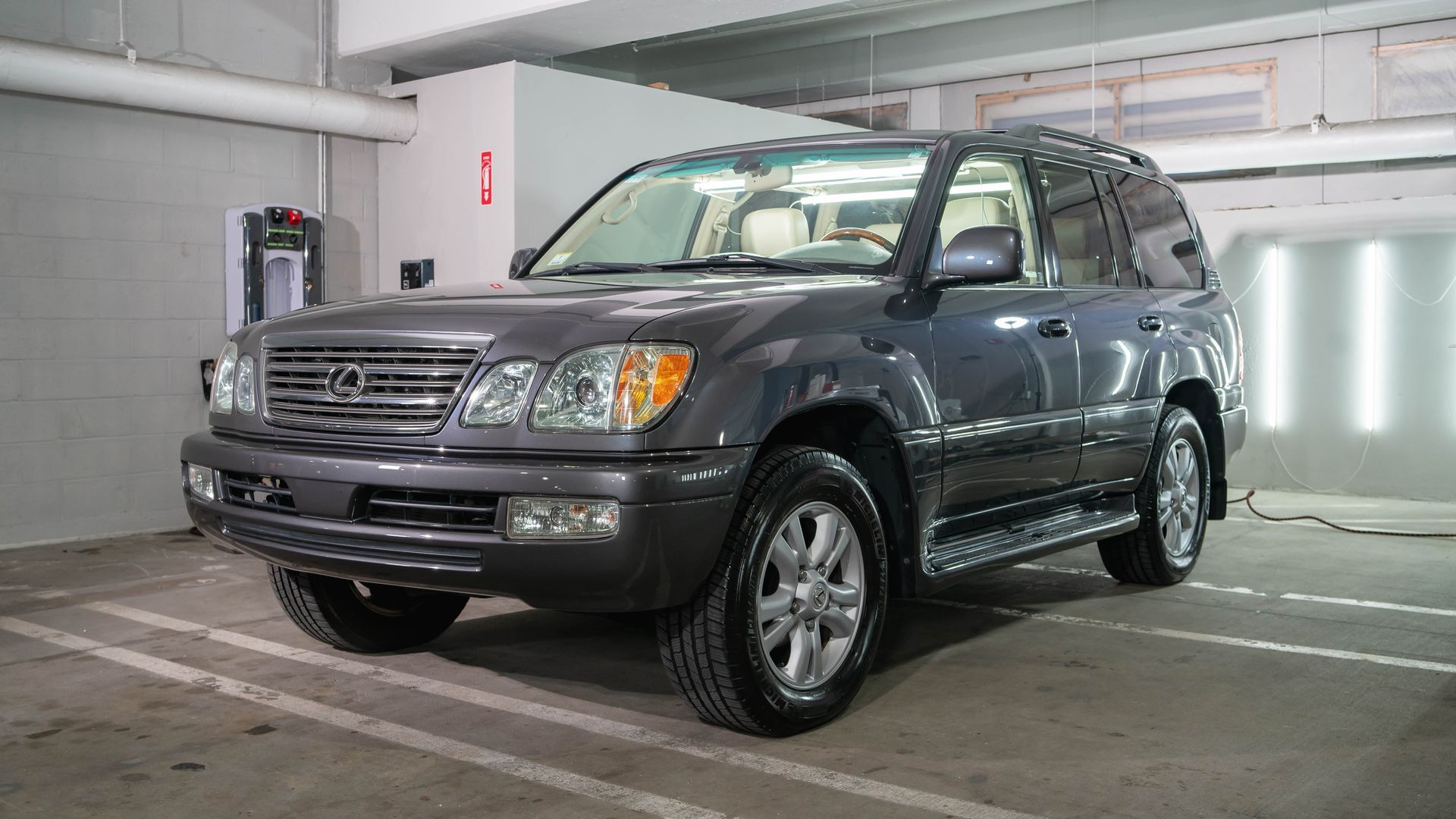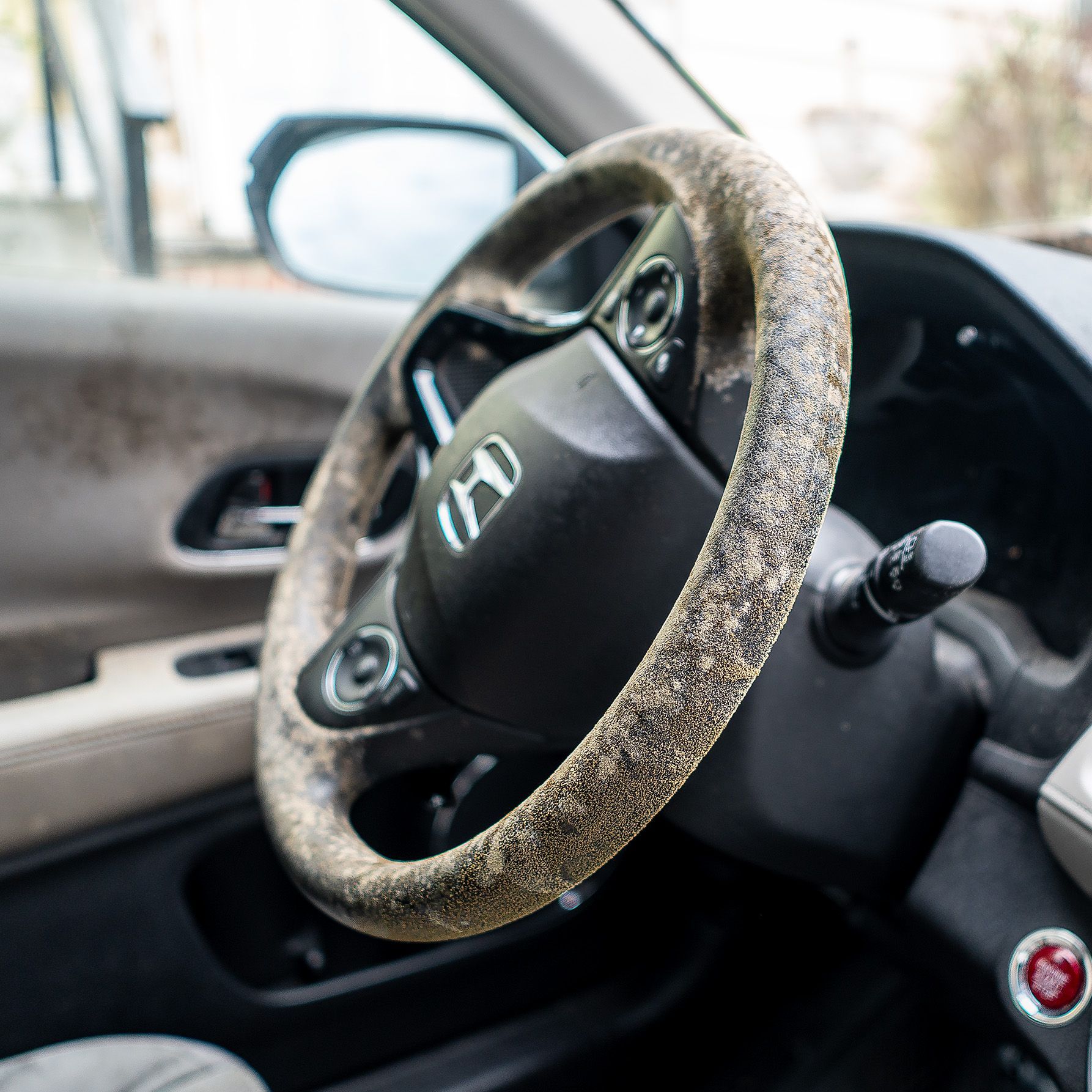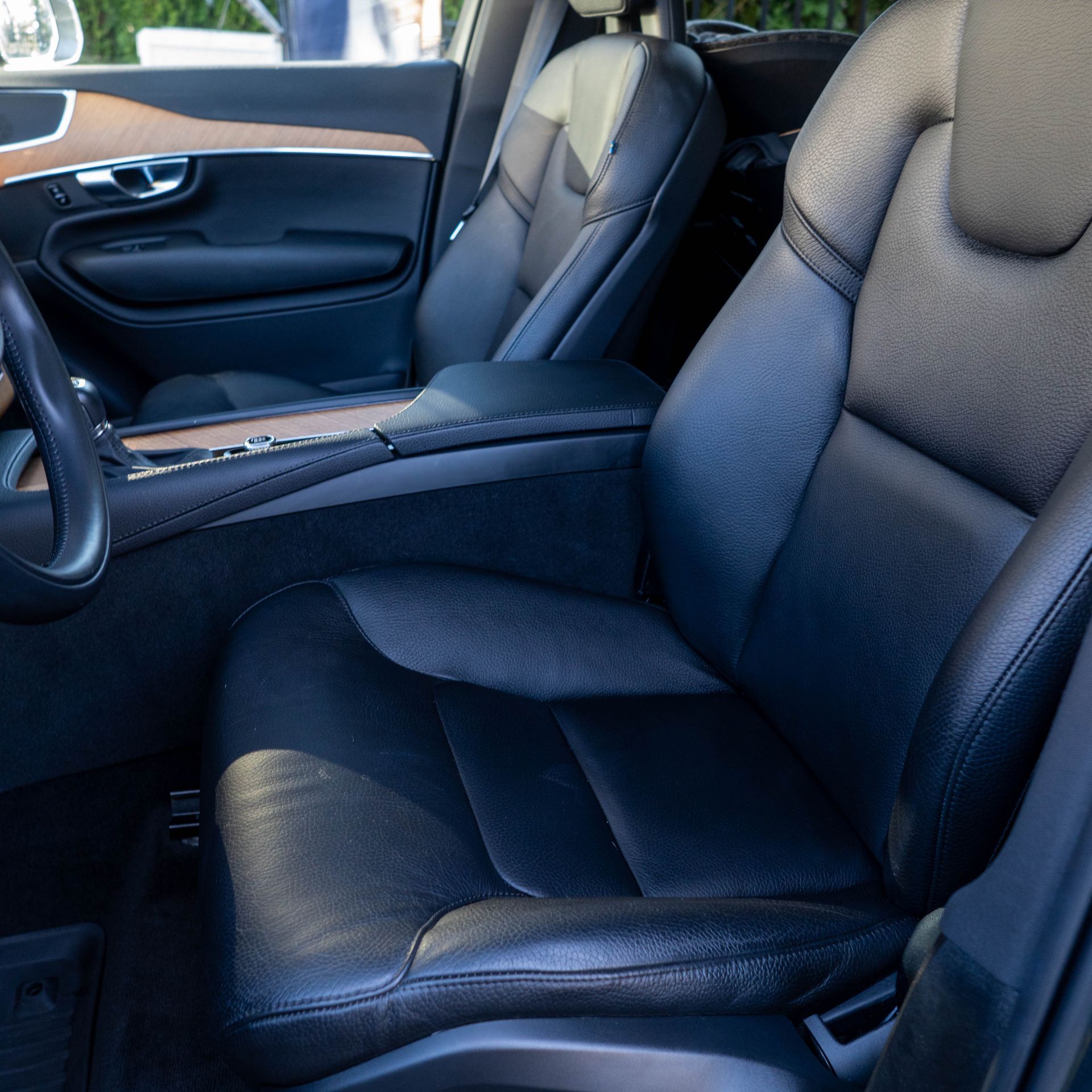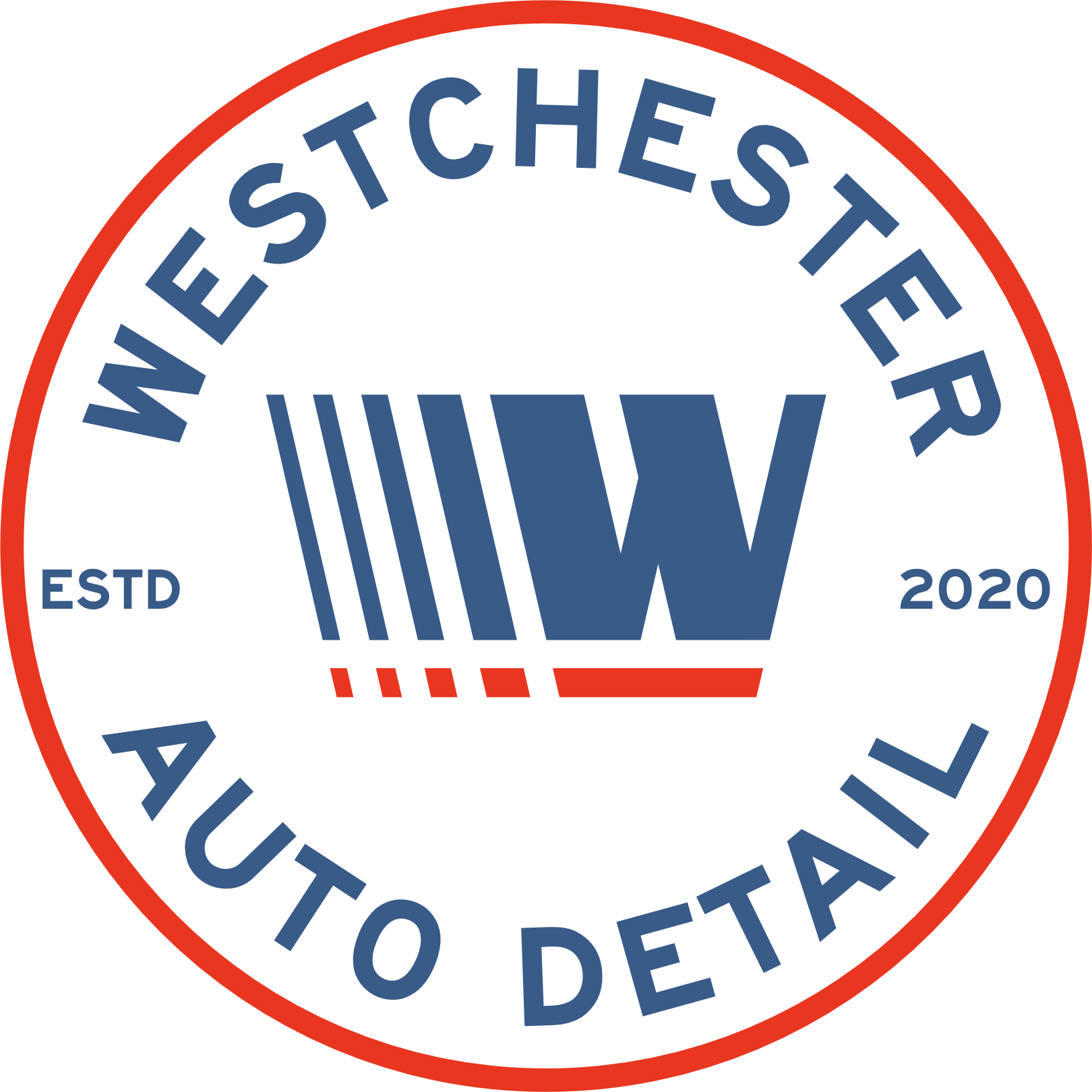Top 7 Car Detailing Tips Every PCO Driver Should Know
June 25, 2025
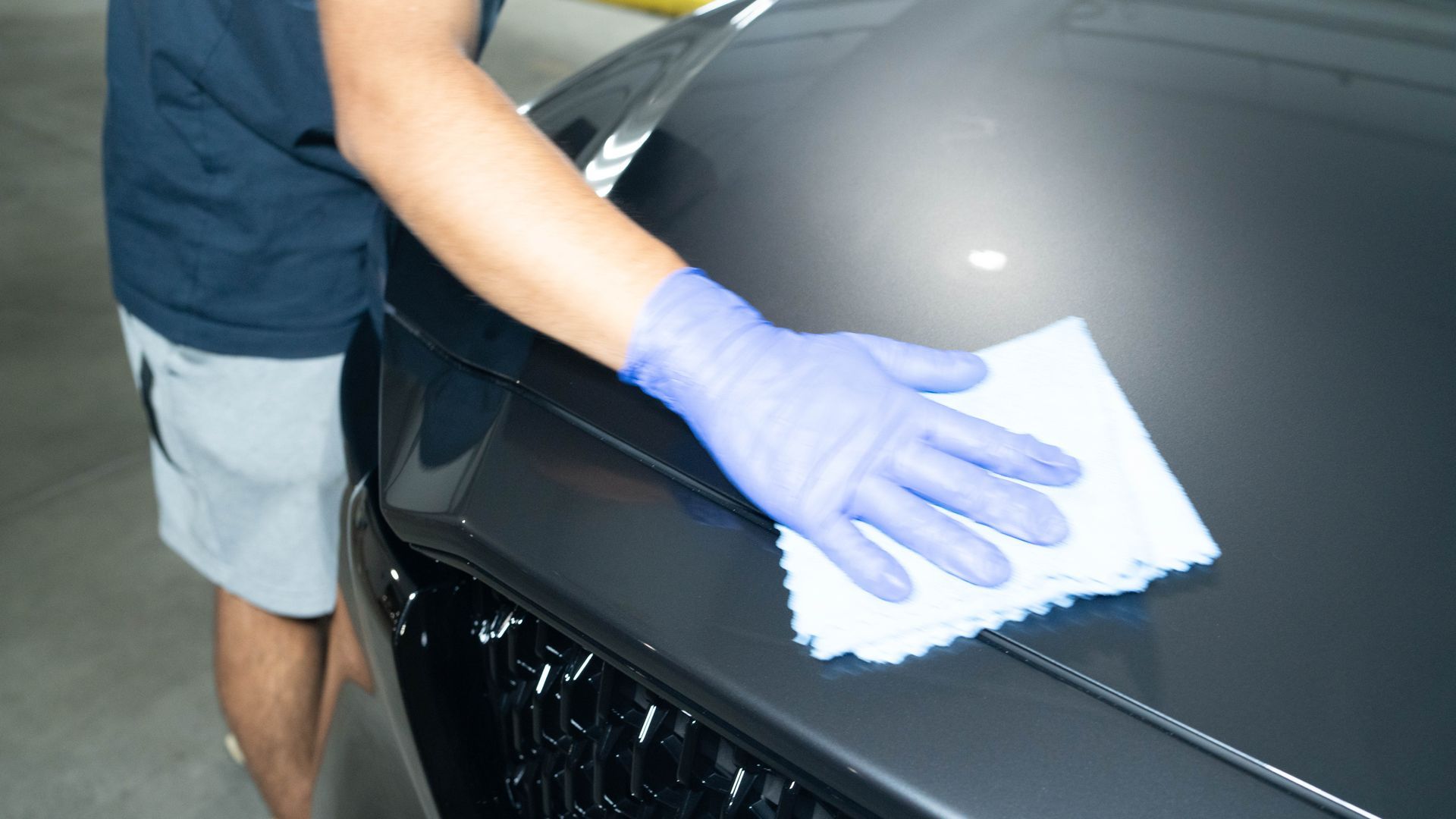
Your PCO car is your business, and just like any business, first impressions matter. A clean, well-detailed car instantly impresses passengers and improves their overall ride experience, leading to positive feedback and ratings.
Imagine driving a car with sticky windows, coffee stains on the seats, or dirt accumulated in corners. The passengers will be instantly put off. Some may even consider cancelling the ride, which can directly affect your daily earnings.
With car detailing, you can keep these issues at bay.
Detailing is different from the standard car wash as it is a thorough process to improve your vehicle’s appearance and preserve its condition.
If you are using PCO car hire, then your car provider will handle the detailing process. However, if you drive your own car, then you should know the following tips to keep your car well-detailed.
Use the Two Bucket Wash Method
Some drivers use a single bucket to wash their cars. This is not an ideal approach as every time you dip the wash mitt into the dirty water and rub it on the surface, you grind dirt and grit right into it, resulting in swirl marks, dullness, or micro-scratches. Over time, this could make your sleek vehicle look neglected, and you will need a paint correction service to restore its original look.
That’s why smart drivers use the two-bucket wash method. One bucket contains clean, soapy water while the other bucket is for rinsing your mitt. This prevents the dirt and grit from damaging the vehicle surface and helps you get better results.
It’s a small step with a huge impact.
Invest in a Quality Interior Cleaner
A cheap cleaner may save you money upfront, but it can cost you more in the long run. This is because many cheap interior cleaners leave behind a strong smell, fade fast, and could damage materials. Some even soak into fabric seats and turn them into odour traps.
Some passengers are allergic to strong smells, and if your car smells like chemicals, they will consider other options. Now, imagine losing rides because of that. You will end up losing more money than you had saved by buying a cheap product.
So, always use a quality interior cleaner, one that doesn’t have a lingering smell, doesn’t damage materials, and works on various surfaces such as dashboards, leather, vinyl, and plastic. Bonus points if it’s safe to use around sensitive areas like infotainment screens.
Vacuum the Car Regularly
Dust and crumbs can build up under the seats, in footwells, and between the seat cushions. Sometimes, regular cleaning is not enough to remove them from your car. You need to vacuum it to properly get rid of them.
So, get yourself a cordless vacuum and use it at least twice a week, particularly if you are doing long shifts, because the more passengers you pick up, the faster the mess builds up.
However, there’s no hard and fast rule as to how often you should vacuum the car. Watch for passengers who eat food during a ride. If any crumbs are left behind, vacuum the car immediately to provide the next passengers with a clean environment.
Don’t Forget the Headliner
Headliner is the ceiling of the car. Many drivers ignore it, thinking it’s not as important as other parts of the car. However, this is a big mistake. Like any other area, the headliner can accumulate dust, grease, odours, and airborne grime.
In fact, most
smells in the car stick to the headliner. The food you ate during a break, the coffee a passenger just drank in your car, or even the sweat from riders - those smells all cling to the headliner.
Once these smells settle, no amount of air freshener will hide them. That’s why you should regularly clean the headliner as well.
Remember to use a microfibre cloth with a gentle cleaner and lightly wipe the surface. Don’t scrub too hard, as it can loosen the glue underneath.
Keep Microfibre Cloths in Your Glovebox
Whether you drive your own vehicle or PCO rental cars,
you should always have microfibre cloths within arm’s reach during your shifts because you may need them at any time. Let’s suppose someone touches your car's windows and leaves behind oily fingerprints, sneezes near the dashboard, or spills coffee. A microfibre cloth will help you clean the surface immediately.
These cloths are designed to remove dirt, dust, and oil at microscopic level without scratching the surface. Keep at least four sets of microfibre cloths in your car: one for glass surfaces, one for interior plastics, one for emergency spills, and one for wet cleaning.
Use a Detailing Brush for Vents and Buttons
Vents and buttons are among the most-used parts of PCO cars. Dirt and grime could quickly build up in these areas and negatively impact the appearance of your car’s interior.
Many PCO drivers use a detailing brush for vents and buttons. Remember that a detailing brush is different from a toothbrush or a paintbrush. It comes with soft-bristles specially designed for narrow and delicate surfaces.
It’s gentle enough to prevent scratches, but strong enough to pull out dirt, hair, crumbs, and other mess from areas where microfibre cloths don’t work. The best part is that it’s affordable and takes just a few minutes to clean.
Schedule a Monthly Deep Clean
Despite the regular DIY cleaning, you should book a monthly deep clean with a professional company as well. Make sure every inch of your vehicle gets attention during that session.
Get the carpets shampooed to remove the buildup of dirt, salt, and spilt takeaways. The seats, especially if they’re made of fabric, should be steam-cleaned, while the vents and even cupholders need to be scrubbed spotless.
The same goes for the outside. Get your car body properly polished and waxed. Make sure the scratches are fixed with a
scratch removal and repair service, and the tyres should get some treatment as well. The cleaner the car, the better the passenger experience.
Conclusion
The way you present your car matters a lot. A clean, well-detailed vehicle sets the tone for a pleasant passenger experience that ultimately results in five-star ratings. On the other hand, a car that looks dull and neglected could leave a negative impression on the passengers. Start following the tips we mentioned above, and you will instantly notice a difference in how the riders respond.
